The most common lemon pests and how to combat them
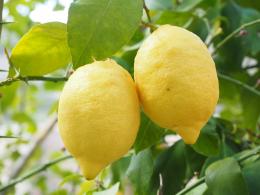
Growing lemons in pots is a very exciting activity. Indoor lemon trees have been grown in temperate climates for several centuries. During this time, new varieties were obtained, certain agricultural techniques were developed, and pests lemon and measures to combat them have been developed. The most common insects that settle on lemons are scale insects, aphids, nematodes and scale insects.
Content:
- How to deal with scale insects on lemons
- What to do if there are aphids on a lemon
- Other pests on lemon
How to deal with scale insects on lemons
Description of scale insects
Scale insects are deservedly considered to be the most dangerous pests of all indoor citrus fruits, including lemon. This is due to the fact that the adult insect is well attached to the plant, leads an almost motionless lifestyle, and the dense chitinous shield makes it almost invulnerable to insecticidal preparations.
Only at the very beginning of development, pests have a soft shield and move around the plant. Scale insects have pronounced sexual dimorphism, males are smaller in size, their oral organs are reduced and the scutum is most often underdeveloped. They have well-formed legs and wings. Males make up about 20% of the total population. After the females are fertilized, the males die.
Females can have an oval or round body size from 3 to 5 mm, different colors:
- black
- green
- brown
- patterned
- transparent
Adult females have no wings, no antennae, no eyes, no legs. But their piercing-sucking mouthparts are well developed. The female lays eggs and the larvae hatch from them. The larvae have two stages. At the first stage, the larvae can move, which is why they are called tramps. In the second stage, they become similar to adults. Important! On indoor lemons and other flowers, females can reproduce without males; unfertilized females produce only females.
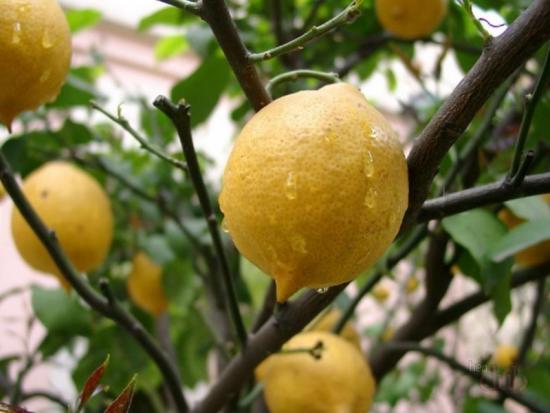
If round or shapeless bulges or plaques become noticeable on the leaves and trunks, clear sap appears, and the plant begins to lag in growth, there are no flowers and buds on it, then this is a cause for concern. It is worth trying to look at the strange tubercles on the lemon, pick up such a bulge with tweezers, and if you manage to tear off the insect, then the plant is affected by scale insects.
Control and prevention measures
Single adult individuals can be removed from the plant mechanically. A thin toothpick and/or a stiff toothbrush is suitable for this. Before removal, you need to apply a soap solution to the leaves and stems. A solution of laundry soap or dishwashing detergent is suitable for this.
After this, the plant is treated three times with a one-week break with drugs of your choice:
- "Admiral"
- "Mospilan"
- "Spark"
- "Aktara"
The best prevention scale insect infestation is:
- purchasing new plants only from trusted manufacturers
- compliance with quarantine periods
- avoiding placing purchased bouquets next to indoor plants
- Regular inspection of all potted plants indoors
What to do if there are aphids on a lemon
Aphids are a fairly common pest.Small insects with a body length of about 2 mm and with or without wings, with severe damage, are clearly visible on the plant, where in a short time they can form a numerous colony. The pest especially likes young leaves.
If they begin to take on a deformed shape, and the leaves and shoots look sticky from pest excrement, then you need to carefully examine the lemon.
Even with a green body color, aphids are clearly visible, as they constantly move around the plant. You can fight aphids with folk remedies, for example, prepare a decoction of onion husks Luke:
- take 100 g of husk
- pour five liters of hot water
- leave for 48 hours
- spray the plant
- repeat the treatment twice more every two days
Important! If lemon trees have fruits or ovaries, then you should not use insecticides. Processing them during this period can make lemons unsuitable for food. The plant should be treated with insecticides, for example, Aktara, only as a last resort. Prevention against aphids is as follows:
- systematic inspection of the lemon and regular showers, especially in summer;
- compliance with quarantine rules
Other pests on lemon
Video on how to “treat” lemon:
Nematodes
Citrus nematodes are almost transparent or whitish small worms. Infection most often occurs through soil. The pest gnaws through the roots and begins to actively feed on the juices of the plant. If the lemon begins to turn yellow with normal care. If the leaves dry out and fall off, then perhaps its root system is affected by a nematode.
If you remove the tree from the pot, you can discern swellings and thickenings on the roots. This is a sign of the presence of living nematodes. You can get rid of them as follows:
- remove the lemon from the pot and rinse the roots with running water
- place the lemon roots in hot, + 45 degrees, water for half an hour
- transplant the plant into new sterile soil
- spill it with the preparations "Bak Ecogel", "Nemagon"
Prevention against nematodes is to regularly wipe the leaves with soapy water and use the soil after disinfection.
Chervetsy
If white or grayish lumps, similar to cotton wool, begin to appear on the lemon trees, the plant itself begins to grow worse, and the buds and flowers grow deformed, then this indicates an attack by mealybugs. Citrus bugs can also attack lemon roots. In the initial stage, it is enough to remove all plaque with a damp swab and spray the plant with a solution of green soap.
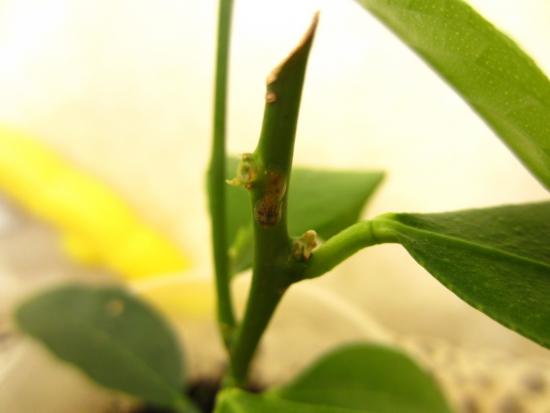
It is enough to dilute 15 g of soap in one liter of water and treat the plant twice at weekly intervals. If this does not help, then you can treat with Aktara or another drug. Sometimes, to avoid lemon contamination pests, it is enough to be attentive to the plant and regularly give it a hygienic shower.

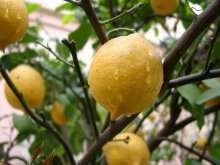
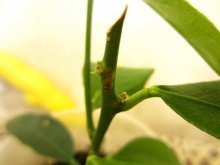
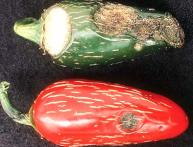

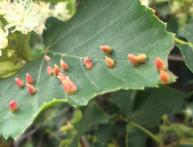



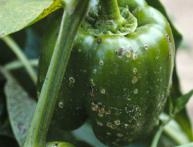
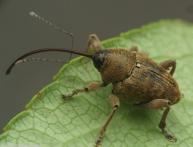
Comments
Lemon is a rather exotic plant for our climate, but this does not stop our pests from attacking it. I believe that the most effective and proven methods are chemicals.
The most effective is spraying with chemicals, although this is not to say that this method does not harm the plant itself and its fruits. But sometimes there is simply no other way out in the fight against these nasty pests.